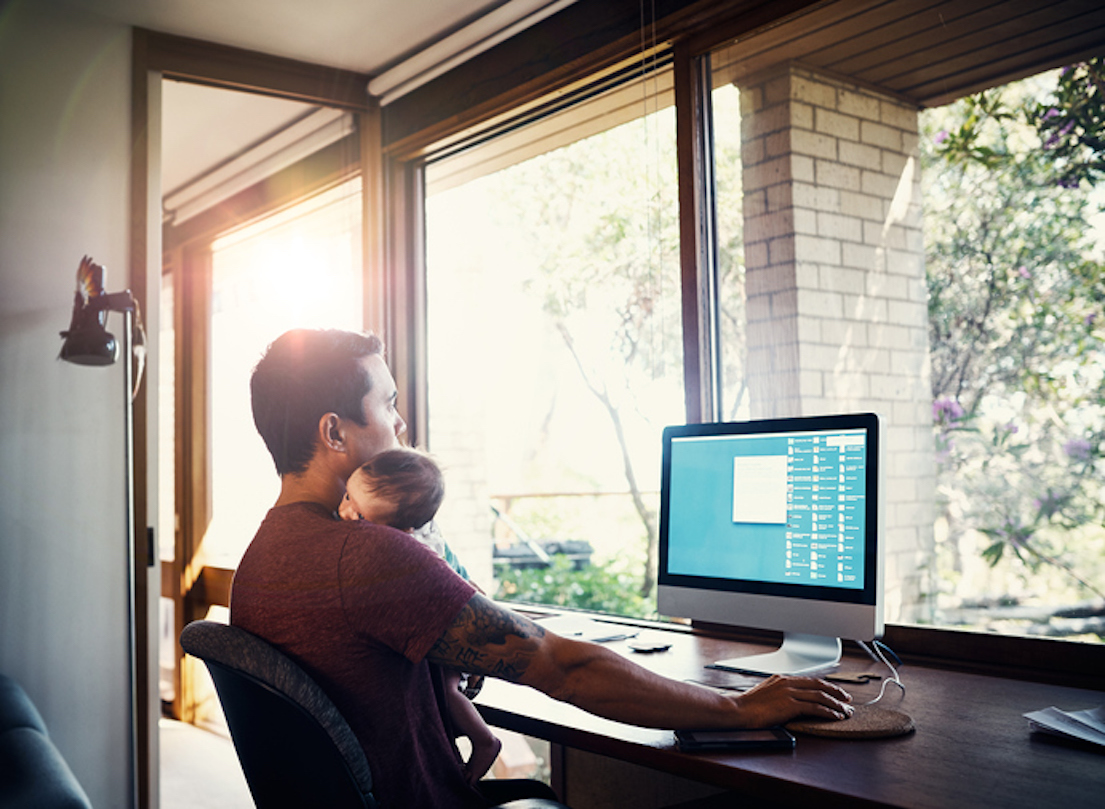Balance. It sounds great, doesn’t it? Balance is always a good thing. In 2022, with the world still reeling from the effects of the pandemic, we need some equilibrium. Work has taken over our home spaces. We’ve fielded Zoom calls while toddlers demand juice or dogs insist on being let in, or out. We’ve scoffed cold pasta in the spare room while desperately trying to finish a presentation before the kids get home. If the lack of commute has been a blessing, we’ve certainly paid for it by allowing work to encroach on our home lives.
Businesses see work-life balance as something to aspire to. It’s an aspect of your employer brand – “we’re sensitive to the private lives of our people!”. It may be one of the focuses of your wellbeing initiatives – “we’re equipping our teams with the resilience to perform”. Laudable as these efforts are – and they certainly are – they’re also misguided.
The whole person
COVID has pressed home a truth that many of us have known for a long time: work and life are inextricably linked. We don’t have a “job self” and a “home self”. And if you think that’s not true, I defy you to tell me that you’ve never come home after a gruesome day in the office and been ratty with your kids, or short with your partner, or so tired and grumpy that all you could face doing was watching four episodes of The Crown and making a serious dent in a bottle of sauvignon blanc.
So how do we stay true to the spirit of achieving wellbeing through a balanced approach – which, after all, is the entirely laudable aim in all this – whilst recognising that we’re humans, with human failings, and that the ice-cold separation of our working and personal lives is unrealistic? The way we resolve almost everything else, of course: with a conversation.
The ideal blend
Everyone has a blend of priorities, whether we’re consciously aware of it or not. At work, we may be heavily focused on advancement, responsibility or upskilling. Likewise, in our personal lives we might feel strongly about our health and fitness, or our child’s performance at school or any one of a thousand other factors. These things define who we are – or, perhaps more accurately, how we behave and what we want out of life – and each holds a key to unlocking our performance. If we can encourage our managers and our people to have open, honest discussions about what motivates, inspires, energises and engages them, we can start to discover ways of satisfying both the business’ needs and the individual’s needs. It’s a blend, and we need to tailor our approach accordingly.
Employees should lead this conversation, but the manager should agree on the clear and measurable performance objectives coming out of them. We need to be human; we need to be people-centric; but we also need to cater for the good of the team and the organisation. As always, it’s about communication: communication in the form of conversations, feedback and recognition. Communication which can help employees protect their boundaries, for example, and say that most difficult word in business: no. We need to be able to speak openly about our priorities, to be able to disagree, if we have to, so that we can come to a viable solution. It’s like any other relationship. The more we work at it, the better we understand each other and the easier it is to find a resolution that works for everyone.
The human angle
What this is all leading up to, from the manager’s point of view, is a place where their people can genuinely feel able to bring their best – and their real – selves to work. After all, you may well see your colleagues as much as you see your partner: more, in some cases. Imagine if you felt as though you were always hiding something from your partner. It fundamentally affects the way you think and respond in a given situation. There’s another layer to navigate before you can get to the answer. The confidence which comes from being open and honest about your motivations and your needs is fuel for a stronger relationship, whether it’s with your husband or your manager. That’s wellbeing and engagement in a nutshell. Built-in resilience. Sustained and sustainable high performance.
COVID created chaos by blurring the traditional lines between our home and our working lives. But those lines were always blurred: they were only ever geographical, we carried one to the other whenever we stepped on the Tube or got off our bikes. What gets us through the chaos – the ongoing chaos of life, that is – is the security of knowing that we can be open about what interests or worries us. We’re humans. We’re social by nature, and we always come up with better answers when we collaborate. It’s right to share what we need in order to perform at our best. It’s valuable to a manager to understand what inspires their team.
One-to-ones are nothing new. We know that frequent conversations, based around agreed objectives and supplemented by constructive feedback, improve performance. But if we try to keep these vital meetings business-only – if we approach them with our “work mask” on and discount everything else – we’re guilty of a fundamental misunderstanding about how people work. Sure, we might be capable of seeming to separate the two, but does it help? Does it build understanding and confidence? Does it empower people to grow and develop? We get the best of people when we understand them. We get the most out of our jobs when we’re open about what we can offer – and what we need – from it.









